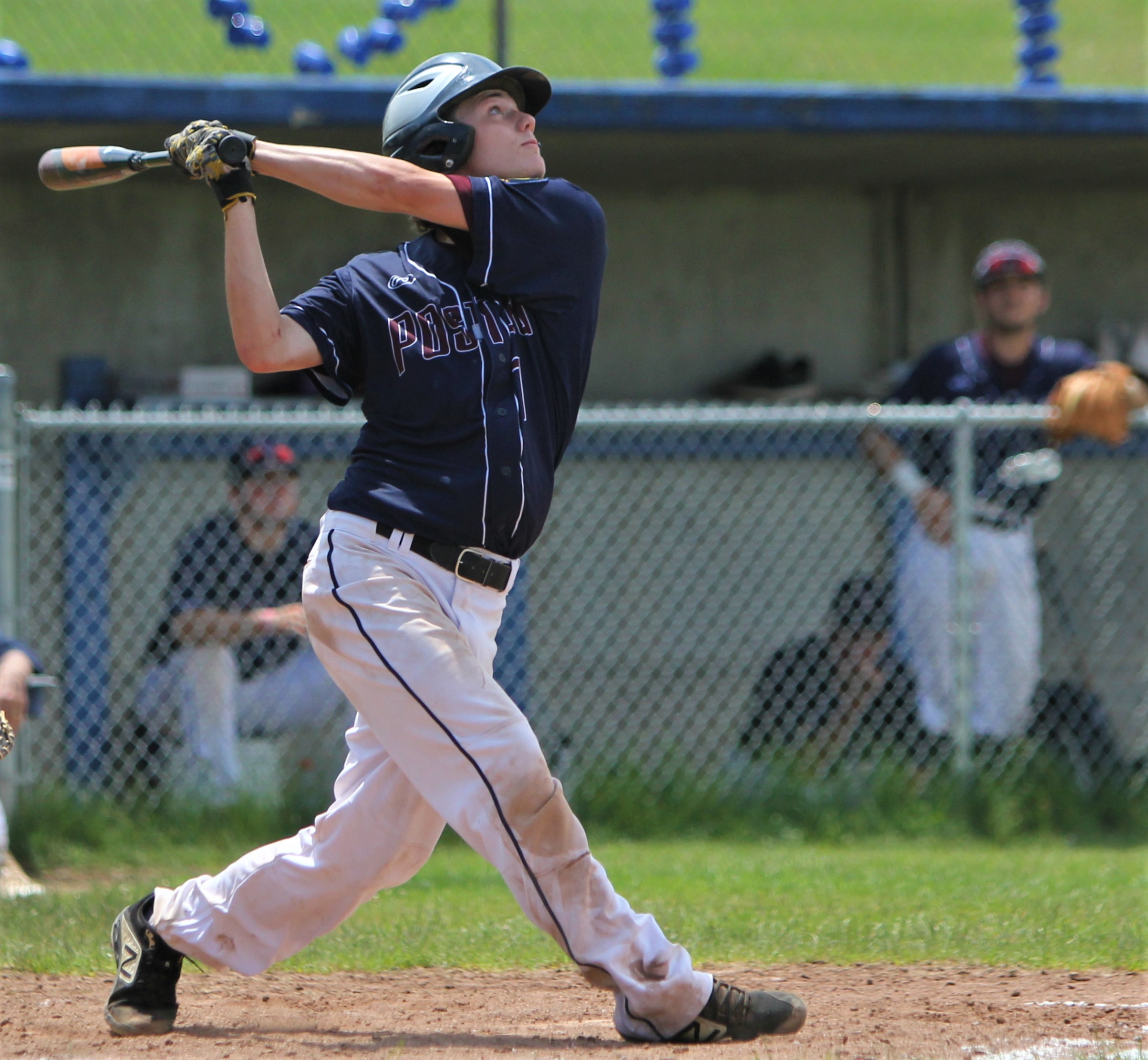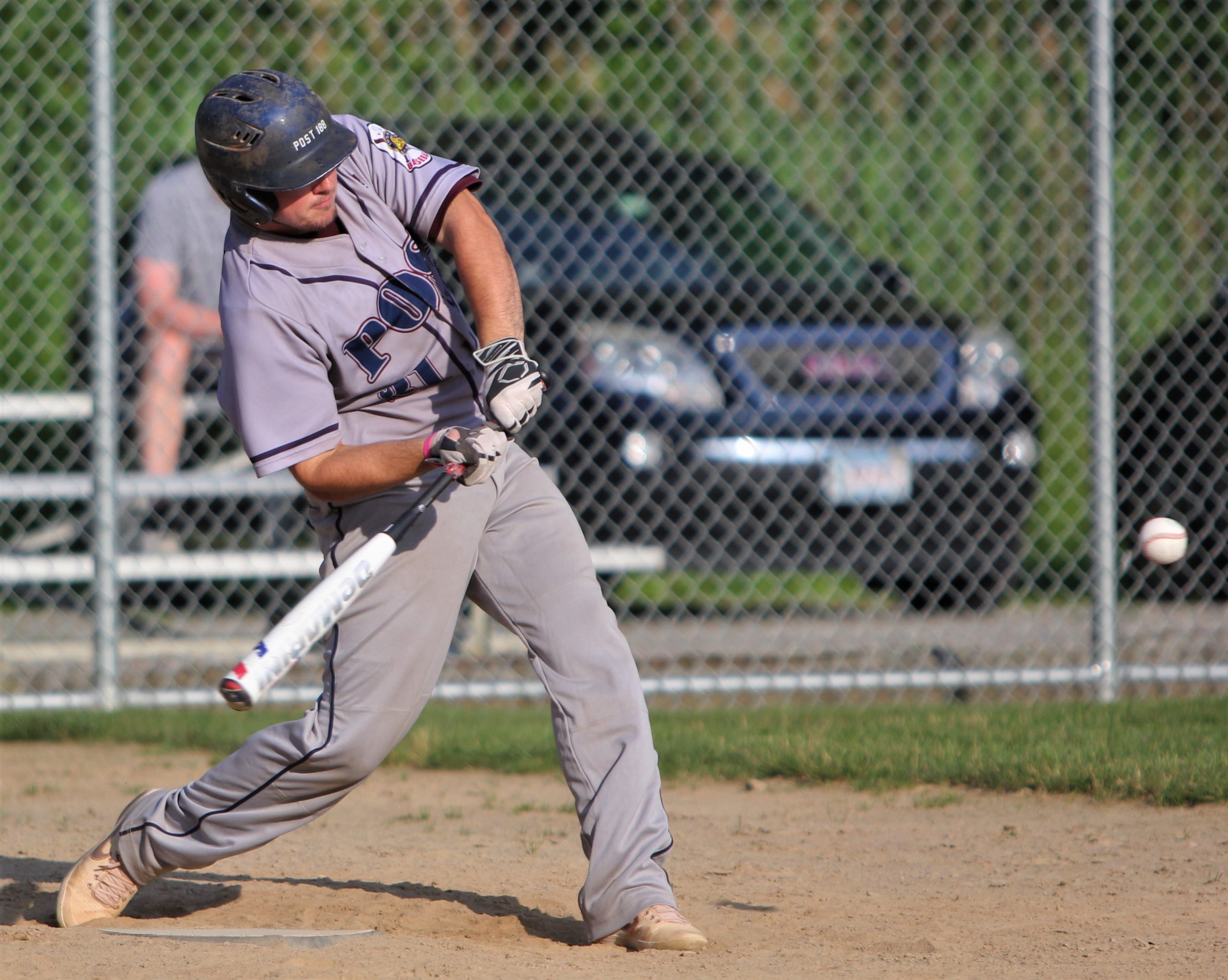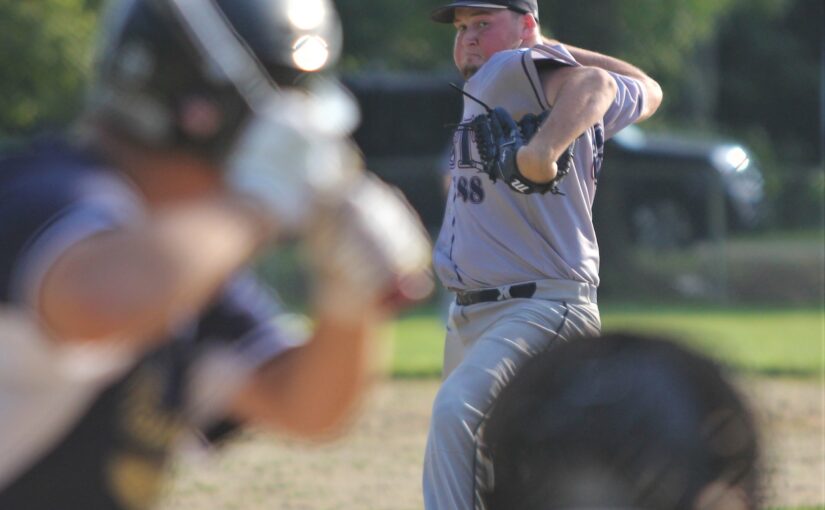Baseball: Offensive Situational Execution Drills
This offensive drill series will allow all of our players an opportunity to practice many areas of the game that are vital to our offensive success. The following situations will be covered during this time period: the sacrifice bunt, safety squeeze, hit-and-run, and slash. Each base runner will be able to read and react to a bunted ball (down angle), ground ball, line drives, and fly balls.
Drill # 1: Pirate Drill: 5 Stations — Start with a runner on 1st, 2nd, 3rd, hitter at the plate, and a hitter beside the plate. The runner on 2nd base will initiate this drill when the coach blows the whistle.
- Runner on 2nd base- On the whistle, the runner at 2nd base will divulge into his secondary lead and read the batted ball off the tee. Once the hitter hits the ball off the tee, the base runner on 2nd base must distinguish if he can advance to 3rd or if he has to retreat to 2nd base. If the ball is hit in front of him, he should retreat back to 2nd but if the ball is hit to his left, he should break to 3rd base. Once, the runner breaks towards 3rd base he should make eye contact with the 3rd base coach, to see if he should stay on 3rd base or look to score from 2nd base.
 Variation of this drill could have a player or a coach fungo a ground ball to the shortstop area instead of having a player hit a ball off a tee.
Variation of this drill could have a player or a coach fungo a ground ball to the shortstop area instead of having a player hit a ball off a tee.
- Tee Hitter-when the runner on 2nd base divulges into his secondary lead, the hitter at the Tee, will hit a line drive or ground ball in the direction of the Shortstop area.
- Hitter at the Plate-(Execute the Sacrifice bunt and the Safety squeeze) the hitter will bunt the thrown ball from the pitcher (or pitching machine) down the 1st baseline. The objective here is to get on top of the ball and bunt the ball down the 1st baseline. This will force the 1st baseman to field the ball, which will allow the runner on 1st to get to 2nd base. The takeaway here is to make sure the ball is on the ground, past the pitcher, and force the 1st baseman to come and get the ball.
- Runner on 1st base (Sacrifice Bunt)-On the pitch, the runner on first base should divulge into a high-quality secondary lead. During the secondary lead, the runner on 1st base must visually observe the ball exiting the bat on a downward angle towards the ground, in the direction towards first base. Once the runner has processed the execution of the bunt, he may then maneuver from his secondary to lead to straight sprint to 2nd base.
- Runner on 3rd base:(Safety Squeeze-1st and 3rd) Once the pitcher throws the ball to the hitter, the runner on 3rd will divulge into his walking lead towards the plate. During the secondary lead, the runner on 3rd base must visually observe the ball exiting the bat on a downward angle towards the ground, in the direction towards first base. Once the runner has processed the execution of the bunt, he may then maneuver from his secondary to lead to straight sprint to home.
Drill # 2: Hit and Run Drill: 4 Stations — starts on the whistle
- Hitter at the Plate: The hitter will swing at the pitch thrown by the pitcher and he will work hard to hit the ball somewhere on the ground,(not to the 2nd base bag) hopefully in the hole at 2nd from a right-handed hitter and to the hole at SS for a left-handed hitter.
- Runner on 1st base: The runner will get a reduced lead so he will not draw a throw from the pitcher and he will take off for 2nd base once the pitcher delivers the ball to the plate. After 3 steps the runner will need to glance in towards the plate to see where the ball is, then he should react to the situation.
- Runner on 2nd base: The runner should get a good secondary lead on the pitch and practice reading the batted ball, either on the ground, line drive, or a fly ball in the air.
- Runner on 3rd base: The runner on 3rd base should obtain a walking lead at 3rd base when the pitcher delivers the ball to the plate. The runner on 3rd base should then react to the batted ball, either going on a ground ball, passed ball, line drive, or tagging on a fly ball.
Drill #3: Slash Drill — 4 Stations — use with any hitter at any base.
- The hitter: the hitter will show bunt once the pitcher comes to a set position. Once the pitcher delivers the pitch, the hitter will slide the top hand down the shaft of the bat and the bottom hand up the shaft until both meet and then draw the bat back a short distance. As soon as the pitch gets close to the plate the hitter will punch the bat at the ball. The purpose here is to get the infielders moving and hopefully punch a ball through an open hole in the infield.
- Runner on 1st base: Get a secondary lead, read and react to the pitch/batted ball.
- Runner on 2nd base: Get a secondary lead, read and react to the pitch/batted ball.
- Runner on 3rd base: Get a secondary lead, read and react to the pitch/batted ball.
 Drill # 4: Backside Hitting Drill — 4 Stations — Allow the hitter to stay inside and allow the ball to travel deeper in the zone and hit the ball to the right side of 2nd base.
Drill # 4: Backside Hitting Drill — 4 Stations — Allow the hitter to stay inside and allow the ball to travel deeper in the zone and hit the ball to the right side of 2nd base.
- Hitter at the Plate — will work to stay inside the ball to hit the ball from 2nd base to the right-field line. The objective here is to advance the runner from 2nd to 3rd or 3rd to home. NO OUTS AND A RUNNER ON 2ND BASE THIS HAS TO BE DONE (THIS SHOULD BE A RUN WITH NO OUTS and A RUNNER ON 2ND BASE)
- Runner on 1st base: Get a secondary lead, read and react to the pitch/batted ball
- Runner on 2nd base: Get a secondary lead, read and react to the pitch/batted ball
- Runner on 3rd base: Get a secondary lead, read and react to the pitch/batted ball
Drill # 5: Hit Away — Hitting Drill — 4 Stations — this drill allows the hitter to practice hitting the ball where ever he wants-Hack Away
- The hitter will get only 2 pitches-if he does not hit the 1st pitch, he will need to hit the 2nd pitch: if not then each runner will practice their delayed steal and work to advance to the next base.
- Runner on 1st base: Get a secondary lead, read and react to the pitch/batted ball
- Runner on 2nd base: Get a secondary lead, read and react to the pitch/batted ball
- Runner on 3rd base: Get a secondary lead, read and react to the pitch/batted ball
This offensive drill series is a quality activity that will put some teeth into situational hitting. One thing that I have discovered over 25 years of coaching at the high school level, is to never assume that a player understands how to take a lead, bunt a ball, read a ball off the bat correctly, tag up the correct way, or be able to put a ball in play.
This practice structure will allow for many high-quality repetitions to enhance your players’ chances of success on the base paths, which in turn will reduce the number of mental errors.



